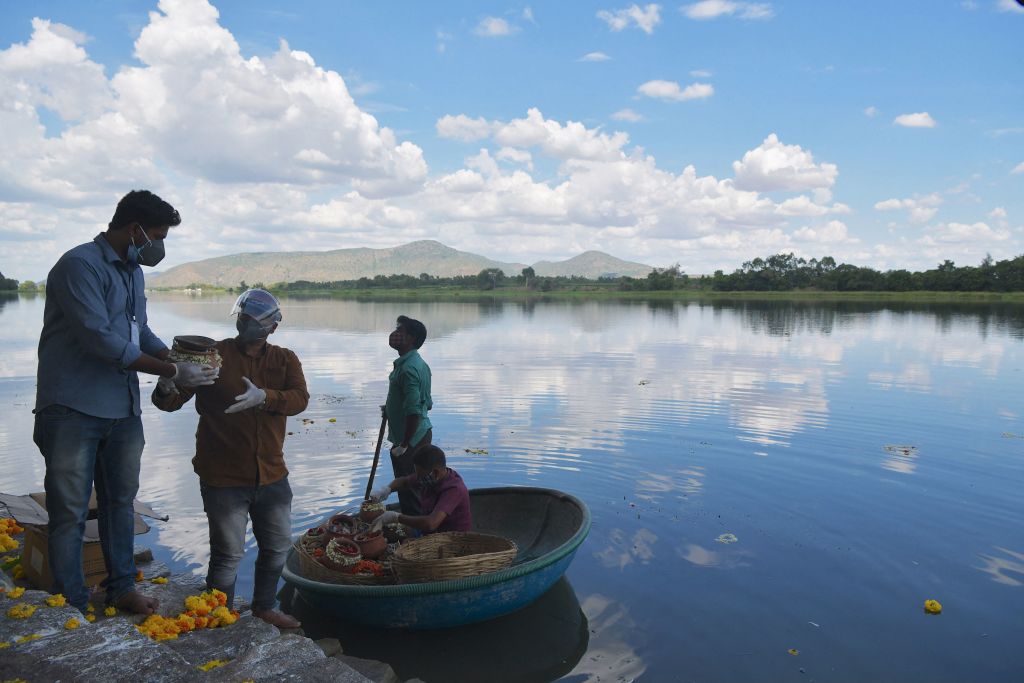- Tuesday, February 25, 2025

By: Shubham Ghosh
RESEARCHERS at the Indian Institute of Technology (IIT) Madras have found in a two-year study that the Cauvery River, a major source of water in southern India, is “alarmingly” polluted by a range of contaminants, including compounds from pharmaceuticals, personal care products, plastics, flame retardants, heavy metals, pesticides, etc.
“Our observations are alarming. So far, not much is known about how pharmaceutical contaminants affect human health and the ecosystem over time,” said professor Ligy Philip, civil engineering department, IIT Madras.
According to the team’s environmental risk assessment, the pharmaceutical contaminants pose medium to high risk to the selected aquatic lifeforms of the riverine system. The drug compounds, when released even in small amounts into water bodies, can harm human beings and the entire ecosystem in the long run, an IIT release said in Chennai, the capital of the southern Indian state of Tamil Nadu which was formerly called Madras.
Under Philip, the researchers monitored the water quality of the river to assess the seasonal variation of emerging contaminants, especially pharmaceutically active compounds. The contaminants and pollutants were quantified.
The study discovered significant contamination by metals such as arsenic, zinc, chromium, lead and nickel. It was also found that freshwater intake points were loaded with extraordinarily high concentrations of pharmaceutical contaminants which included anti-inflammatory drugs like ibuprofen and diclofenac, enzyme inhibitors like perindopril, anti-hypertensives such as atenolol and isoprenaline, antibiotics such as ciprofloxacin stimulants like caffeine and antidepressants such as carbamazepine.
The team collected water from 22 locations along the entire stretch of the river, setting up 11 sampling stations near the discharge points of partially treated or untreated wastewater and 11 locations near intake points of water supply systems.
The quality of water in the catchment sites was also monitored.
The research team found that water quality and levels of pharmaceutical contaminants in Cauvery are also being influenced by the monsoon.
The post-monsoon period showed a higher level of various types of contaminants including pharmaceuticals as a result of reduced riverine flow and continuous waste discharge from several sources.
The results of the study, carried out with joint funding from water technology initiatives of the Indian government’s department of science and technology (under its ministry of science and technology) and the UK Natural Environment Research Council, have recently been published in the journal ‘Science of the Total Environment’.
(With PTI inputs)